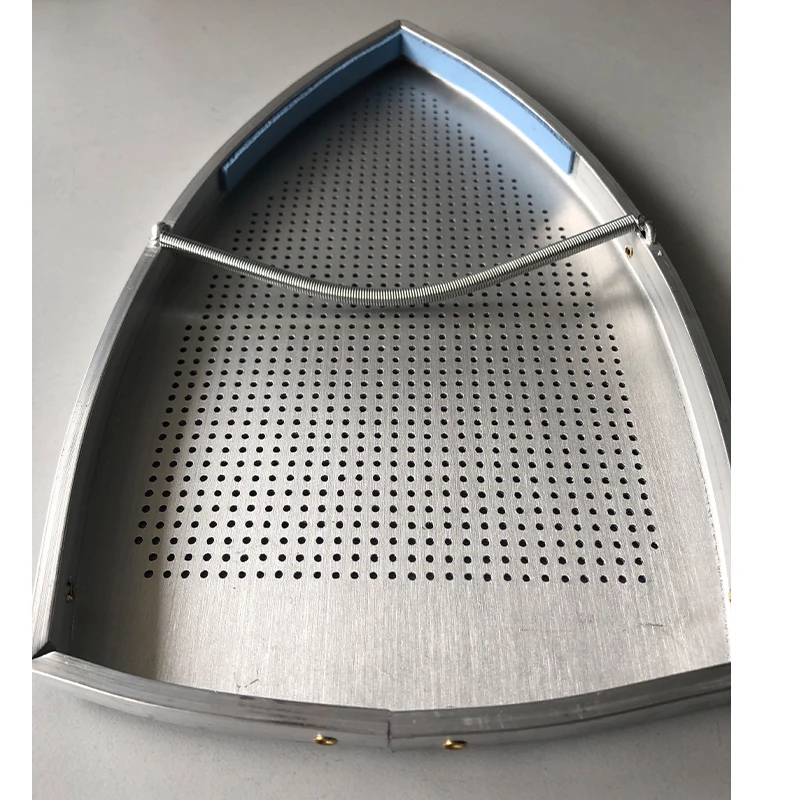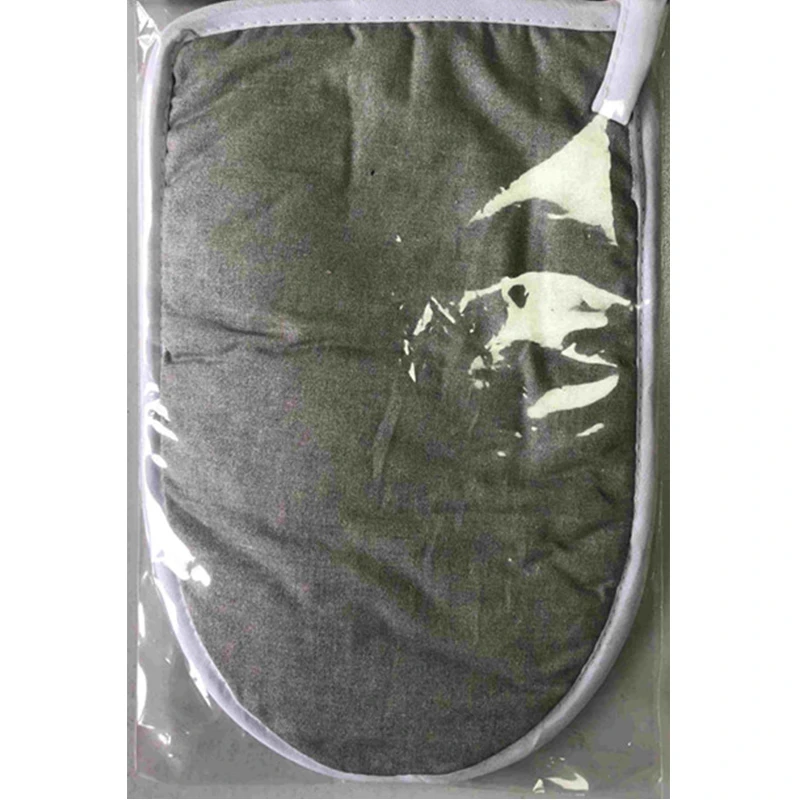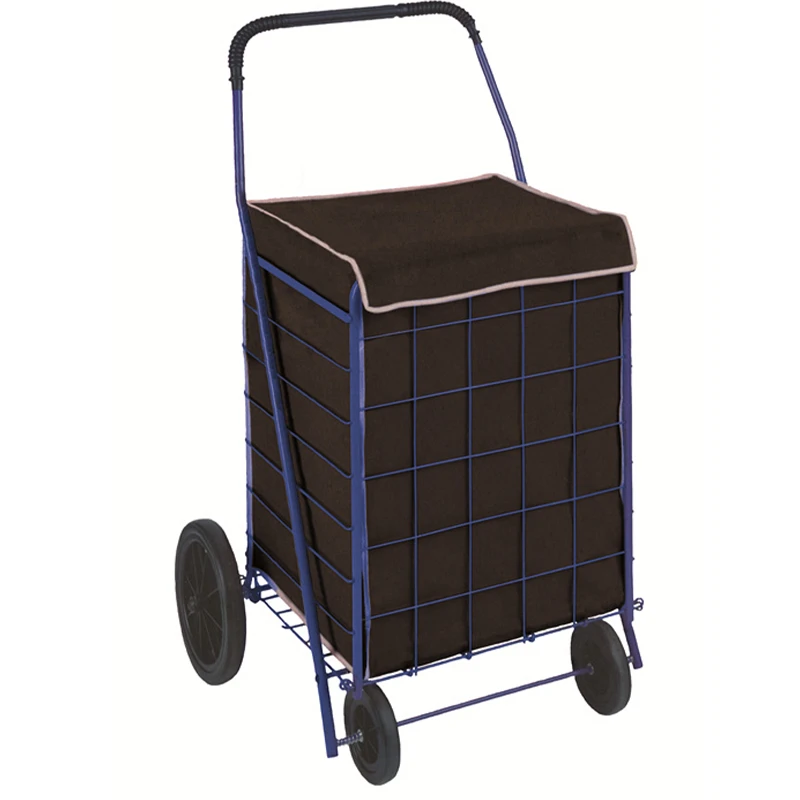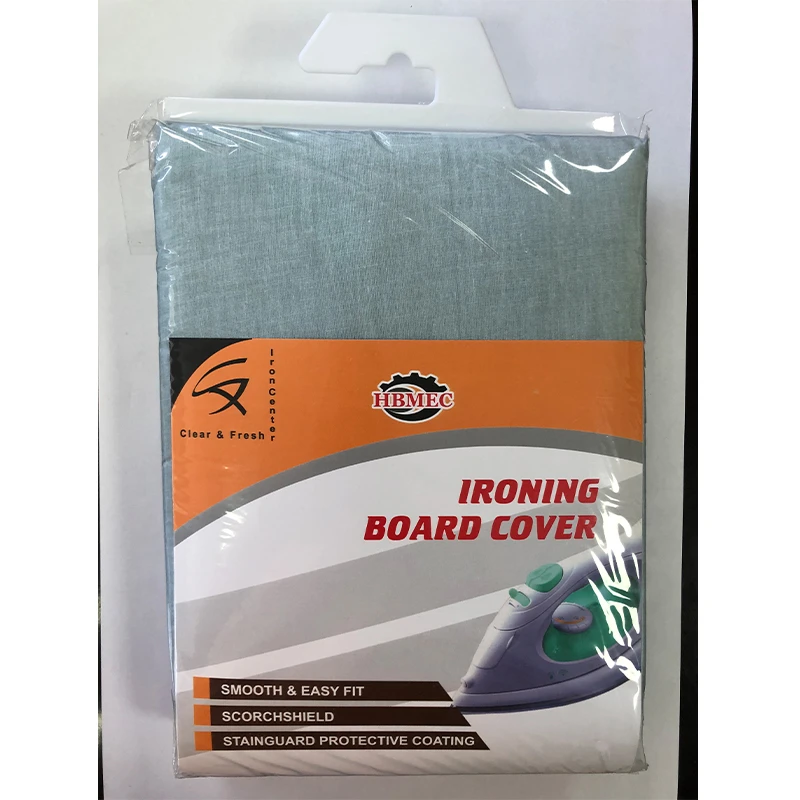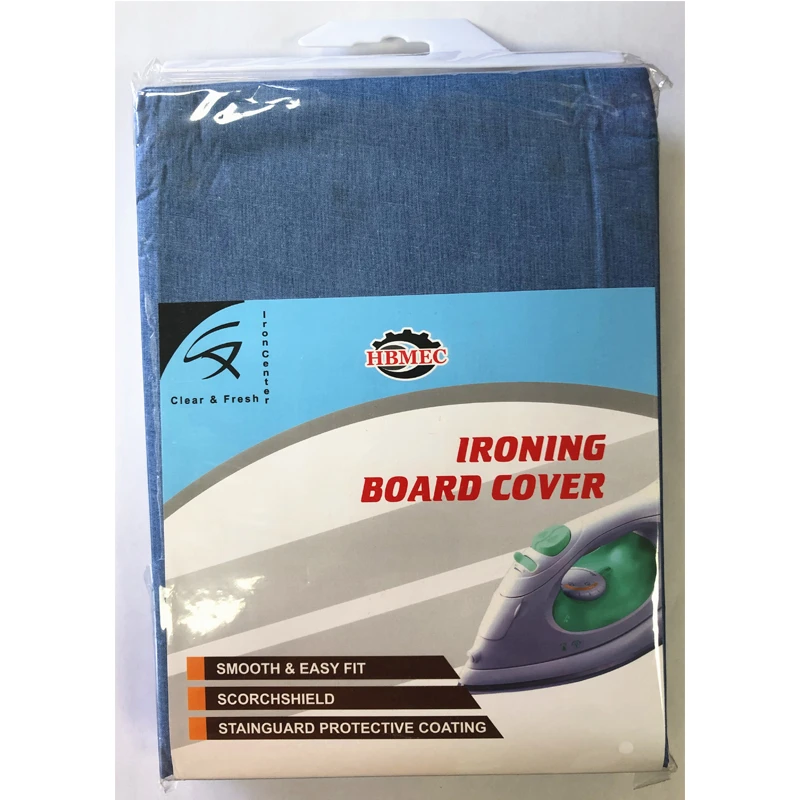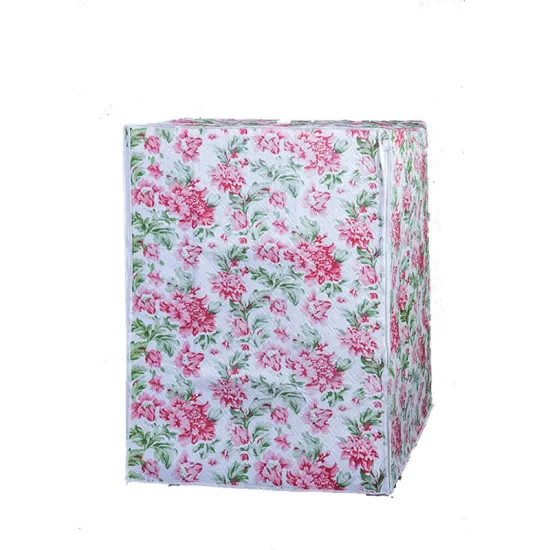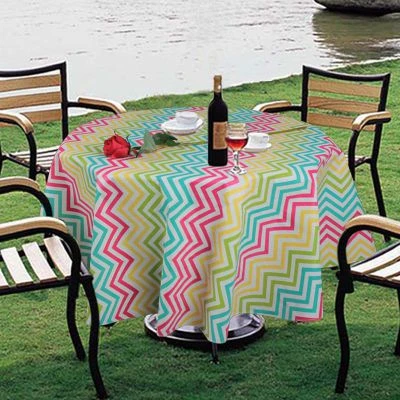Choosing the Right Cover for Dining Table
The right table covers can transform a dining space, blending functionality with aesthetic appeal. Whether outfitting a formal dining room or a casual kitchen, understanding the nuances of cover for dining table is key. These essential pieces protect tables and set the tone for meals, gatherings, and everyday moments. Focusing on design, material, and purpose helps choose covers that enhance both look and usability of dining areas.
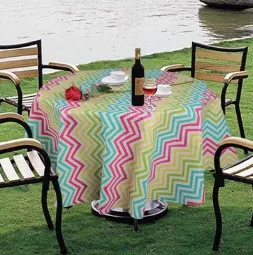
Understanding the Role of Cover for Dining Table
A cover for dining table serves as the foundation for any dining setup. Designed to fit standard dining tables, it offers protection against spills, scratches, and daily wear. Materials like cotton, linen, or polyester blends are popular for durability and ease of maintenance. Cotton provides a soft, natural look ideal for family dinners, while polyester blends resist wrinkles and stains for frequent use.
When selecting such a cover, consider the table's shape and size. Rectangular covers are classic for long tables, creating a streamlined look, while oval covers add elegance to curved surfaces. Length matters—floor-length covers exude formality, and shorter ones offer a casual vibe. Patterns and colors should complement decor, whether subtle neutrals or vibrant designs.
Elevating Round Tables with Round Dining Table Cover
Round tables need special attention, and a round dining table cover ensures a polished appearance. It drapes evenly around circular tables, eliminating awkward folds. Choosing the right diameter is critical: measure the table's radius and add length for the desired drop. A standard drop creates a balanced look, adjustable based on the room's style shorter for kitchens, longer for formal spaces.
Materials should balance aesthetics and practicality. Heavyweight fabrics like canvas work well for high-traffic areas, while lightweight linen creates a delicate look for small gatherings. Embellishments such as embroidery can elevate design, making the cover a focal point. Proper care is important; many are machine washable, though delicate fabrics may need hand washing.
Maximizing Space with Small Rectangle Tablecloth
For compact dining areas, a small rectangle tablecloth offers versatility. Perfect for narrow or small rectangular tables, such as breakfast nooks, its smaller size allows creative styling—layer over base covers for texture or use alone for minimalism.
Consider the table's dimensions for a proper fit. A tablecloth extending moderately beyond edges ensures a balanced appearance. Materials like cotton or microfiber are popular for affordability and ease, while silk adds luxury for occasions. Patterns like stripes can make small spaces feel larger, and solid colors create a calm backdrop.
Functionality Meets Style in Kitchen Table Cover
A kitchen table cover must withstand daily use while enhancing ambiance. Kitchens face spills and stains, so durable, easy-to-clean materials are key. Polyester-cotton blends resist moisture and stains, remaining stylish and easy to wipe clean ideal for busy kitchens.
Design-wise, it can reflect the kitchen's theme country-inspired patterns for farmhouses or sleek solids for modern spaces. Adjustable covers with elastic edges fit irregular shapes snugly. Seasonal changes matter: lightweight fabrics for summer and heavier materials for winter refresh the look effortlessly.
Round Dining Table Cover FAQs
How do I choose the right size for a cover for dining table?
For a cover for dining table, measure the table's length, width, and desired drop—the length from the edge to the hem. Ensure the cover's shape matches the table's to avoid ill-fitting appearances.
Can a round dining table cover be used for an oval table?
While round dining table cover are for circular tables, a larger one may work for small oval tables with consistent drop. Oval-specific covers are recommended for better fit and aesthetics, following curved edges smoothly.
What materials are best for a small rectangle tablecloth in busy areas?
For durability, opt for polyester or poly-cotton blends in small rectangle tablecloth. These resist wrinkles, stains, and fading, suitable for daily use. They are easy to care for, often machine washable to maintain a clean look.
How can I make a kitchen table cover more decorative?
Add decorative elements like lace overlays or embroidered runners atop the kitchen table cover. Choosing covers with subtle patterns, such as floral designs, enhances decor without compromising functionality.
How do I clean a stubborn stain on a kitchen table cover?
To treat stains on a kitchen table cover, start by blotting the spill immediately to prevent absorption. For washable fabrics like polyester-cotton blends, pre-treat the stain with a mild detergent before machine washing in cold water. Avoid using bleach on colored covers to maintain their vibrancy. For delicate materials, check the care label and consider spot cleaning with a damp cloth or professional cleaning to preserve the cover's quality and appearance.
In conclusion, selecting the right table covers balances functionality and style. A cover for dining table sets the tone for formal meals, while a kitchen table cover ensures durability in daily use. Considering material, size, and design helps create beautiful, functional dining areas that enhance every gathering.
This guide highlights key considerations for choosing table covers, emphasizing cover for dining table and kitchen table cover. Each type serves unique purposes, from protecting formal tables to enhancing kitchen functionality. Focusing on material, fit, and design elevates dining spaces, blending practicality with style for inviting, central elements in any home.
-
Shopping Cart Liners A Professional GuideNewsJul.31,2025
-
Professional Heat Glove for Hair Styling EssentialsNewsJul.31,2025
-
Key Aspects of Ironing Board CoversNewsJul.31,2025
-
Innovations in Iron Shoes for Enhanced Fabric CareNewsJul.31,2025
-
Elevating Laundry Rooms with Washing Machine Hider SolutionsNewsJul.31,2025
-
The Future of Footwear: Self-Cleaning Teflon Iron ShoesNewsJul.04,2025
-
Stylish Shopping Trolley Liners: Fashion Meets FunctionNewsJul.04,2025


